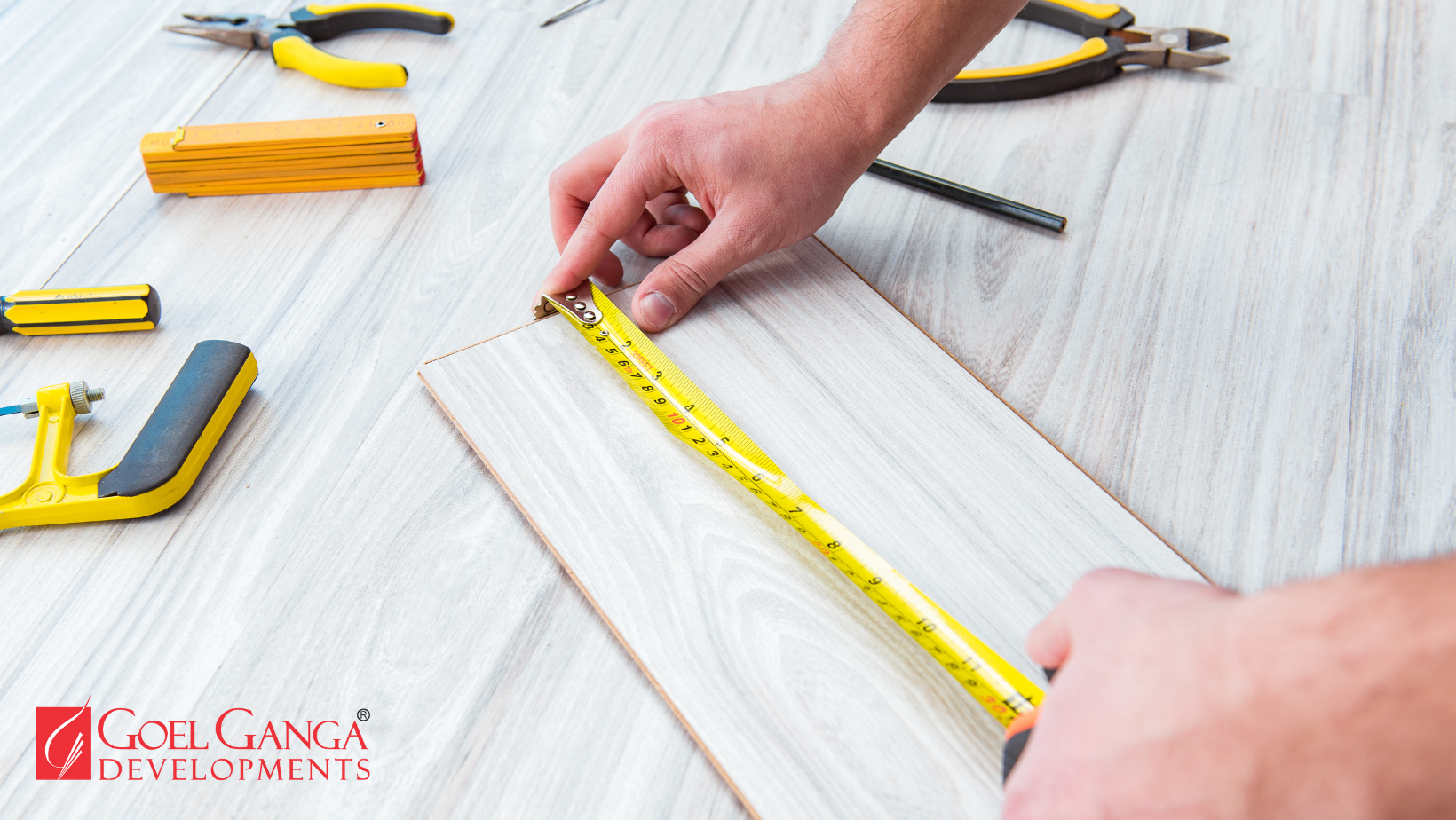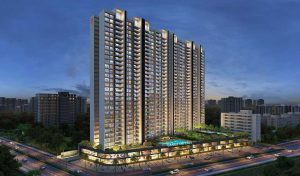Homebuyers who can distinguish between Super Area Vs Actual Area, will likely be better equipped to make judgments than those who may not be able to. You won’t be overwhelmed by them if you have a thorough grasp of all the real estate terminology. You typically pay for the square footage you will inhabit when purchasing a home. The best course of action is to be aware of what you will be paying for and why. In this context, words like carpet area, built-up area, etc. will be used by builders, developers, and even brokers. Mr. Anurag Goel, Director At Goel Ganga Developments has clarified all of these terminologies with an appropriate calculation method to understand. Before start looking for dream house, just give it a quick read to stay on top of things.
Table of Contents
ToggleSuper area vs. actual area
The accurate measurement of a property’s usable living space is called the actual area, sometimes known as the carpet area. It includes all internal space enclosed by walls, eliminating communal spaces like hallways, stairwells, and balconies. The most important measurement is the actual area, since it directly impacts how livable and useful the property is. Buyers rely on the surrounding neighbourhood to determine whether a home fits their demands for space and a way of life.
On the other hand, the super area, sometimes referred to as the built-up area or saleable area, consists of the real land plus a proportionate part of the common areas and facilities provided by the developer. This dimension might be deceptive since it frequently gives the impression that a property is bigger than it actually is. Super area calculations are used for a variety of things, including figuring out how much a piece of land would cost and how much maintenance it will require.
Carpet area Calculation
Calculating carpet area is a vital component of real estate, assisting buyers and investors in determining the actual amount of usable living space in a building. Follow these procedures to determine the carpet’s area:
- Begin by determining the width and length of each room in the house. Measure the distance between the inner edges of the two walls.
- Walls, columns, conduits, and other structural components are examples of regions that should not be included since they are not suitable for habitation. Keep your attention on the free of obstruction, open area inside the walls.
- To get the overall carpet area for the entire house, add up the carpet areas of all the rooms.
- In some areas, built-in furniture like closets, storage units, or kitchen worktops may be present in carpeted areas. Verify local laws and customs with regard to these features.
- Consult the property’s blueprints or floor plans, if available, as these frequently include the carpet area for each room, simplifying the estimate.
Understanding carpet area
It is essential since it swiftly influences a home’s usable space and is a critical indicator of whether a property satisfies your requirements. Consider the carpet area together with other elements like location, price, and amenities when purchasing or investing in real estate to make an informed choice.
A local real estate expert or authority should be consulted for particular advice on carpet area calculations and how they are taken into account in property transactions in your area. Keep in mind that real estate terminology and rules might differ from one location to another.
In conclusion, the actual area is the real, usable living space, whereas the super area also includes extra shared areas. To completely comprehend a property’s size and cost and ensure they make well-informed judgements in the real estate market, purchasers must closely examine these dimensions, ask developers for clarification, and analyse floor plans.











3 thoughts on “Understanding Real Estate Spaces: Super Area vs. Actual Area Explained”
Pingback: How investors use leverage in real estate to build wealth – Anurag Goel Ganga Pune
Pingback: Goel Ganga Developments – Pune’s Most Trusted Real Estate Developers – Subhash Goel Pune
Pingback: Real Estate Negotiation FAQs: 10 Must-Ask Questions For A Buyer